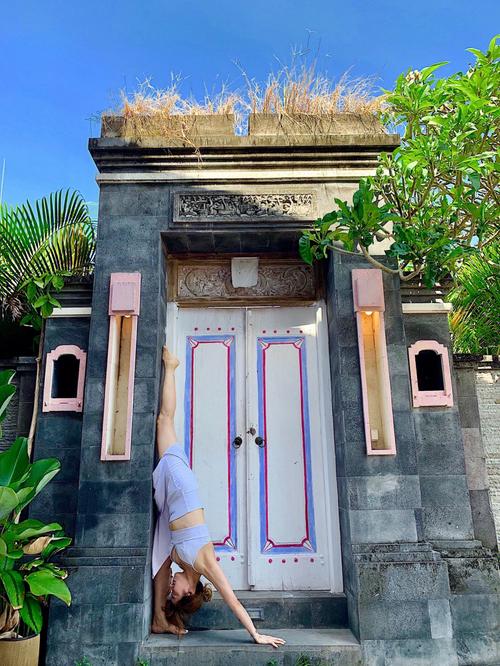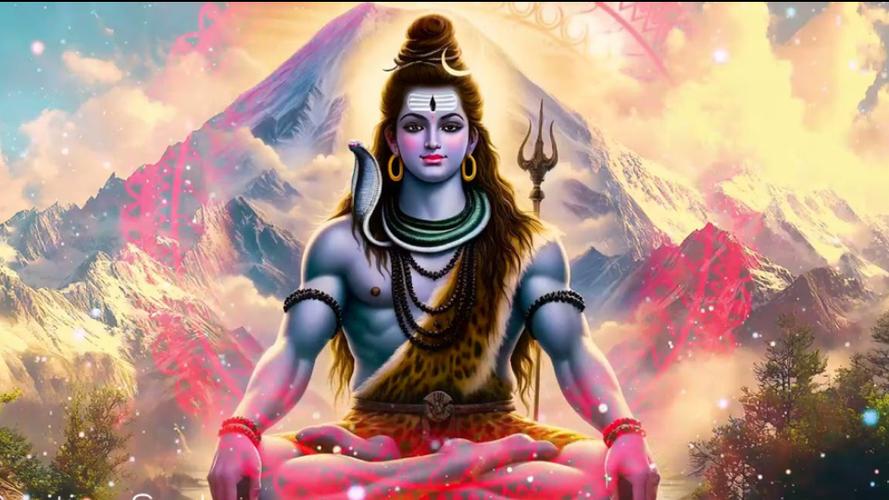Om Gan Ganapataye Namah: A Deep Dive into the Significance and Rituals
Om Gan Ganapataye Namah is a powerful mantra dedicated to Lord Ganesha, the remover of obstacles and the patron of new beginnings. This article delves into the meaning, rituals, and cultural significance of this mantra, offering a comprehensive understanding of its importance in Hinduism and beyond.
Meaning of Om Gan Ganapataye Namah
The mantra “Om Gan Ganapataye Namah” is a combination of several Sanskrit words that hold profound meanings:

- Om: The universal sound that represents the infinite and the divine.
- Gan: Referring to Lord Ganesha, the elephant-headed deity.
- Ganapataye: A form of address for Lord Ganesha, meaning “Oh, Ganesha of the Ganas” (Ganas being the group of attendants of Lord Shiva).
- Namah: A respectful greeting, meaning “I bow to you” or “I offer my obeisance to you.”
Together, the mantra translates to “I bow to Lord Ganesha, the remover of obstacles.” It is a powerful invocation that seeks the blessings and protection of Lord Ganesha.
Rituals and Practices
Om Gan Ganapataye Namah is often chanted during various rituals and ceremonies in Hinduism. Here are some common practices:
- Prayer and Meditation: Chanting the mantra is a form of prayer and meditation. It helps in focusing the mind and seeking divine intervention.
- Worship: Lord Ganesha is worshipped with offerings such as sweets, fruits, and flowers. The mantra is recited during the worship ceremony to invoke his presence.
- New Beginnings: The mantra is often chanted at the beginning of new projects, ventures, and journeys to seek Lord Ganesha’s blessings for success and to overcome obstacles.
- Obstacle Removal: In times of difficulty or when facing challenges, the mantra is chanted to seek Lord Ganesha’s help in removing obstacles and finding solutions.
Cultural Significance
The mantra holds great cultural significance in Hinduism and is widely revered by devotees. Here are some key aspects of its cultural importance:
- Lord Ganesha’s Role: Lord Ganesha is considered the remover of obstacles and the patron of new beginnings. The mantra reinforces his role in our lives and seeks his divine intervention.
- Devotional Practices: The mantra is an integral part of devotional practices in Hinduism. It helps in fostering a deeper connection with the deity and seeking his blessings.
- Cultural Unity: The mantra is a unifying force among Hindus, transcending regional and linguistic barriers. It is a symbol of cultural unity and shared devotion.
Historical Context
The mantra has its roots in ancient Hindu texts and scriptures. Here are some key historical aspects:

- Origin in Vedas: The mantra has its origins in the Rigveda, one of the oldest sacred texts in Hinduism. It is mentioned in various verses, highlighting the importance of Lord Ganesha.
- Development in Puranas: The mantra gained prominence in the Puranas, a genre of ancient Hindu texts that narrate the stories and legends of Lord Ganesha. These texts describe his role and the significance of the mantra.
- Spread through Temples and Pilgrimages: The mantra spread through the construction of temples dedicated to Lord Ganesha and the practice of pilgrimage. Devotees visited these temples and chanted the mantra to seek his blessings.
Modern Relevance
In today’s fast-paced world, the mantra continues to hold relevance and significance. Here are some modern aspects:
- Personal Growth: The mantra is often used for personal growth and self-improvement. It helps in overcoming obstacles, finding clarity, and achieving goals




